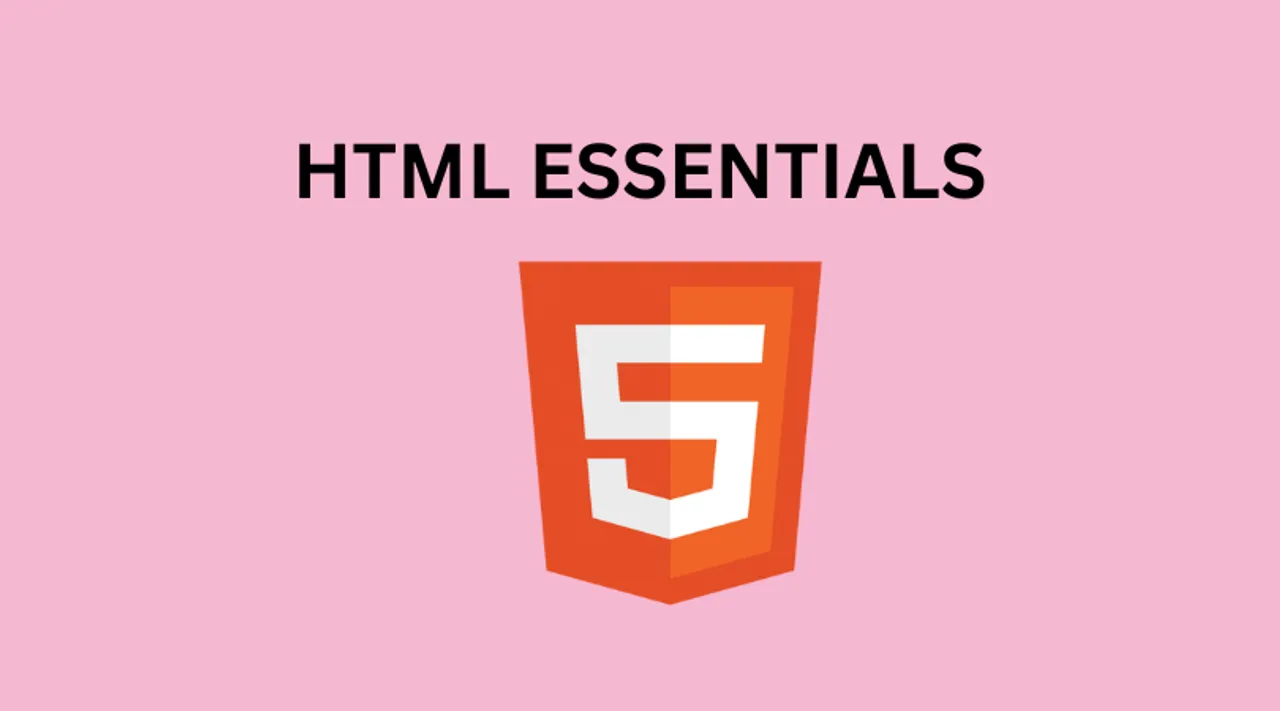HTML Essentials: Centering Text, Images, Comments, and More
Learn essential HTML techniques like centering text and images, adding comments, linking CSS, and understanding why HTML is important.

HTML is the foundation of web development, and mastering its basics can help you build better websites, and grasp the basics of all these modern web frameworks. In this simple guide, we’ll cover essential skills such as centering text and images, adding comments, linking CSS, and understanding why learning HTML is useful.
Why Is It Useful to Learn HTML?
Learning HTML is essential because:
- It’s the foundation of the web – Every website uses HTML.
- It improves SEO – Proper HTML structure enhances search engine visibility.
- It complements CSS and JavaScript – HTML is essential for styling and interactivity.
- It makes it very easy to understand any modern web development framework – Web development skills are in demand.
- It helps in career growth – Web development skills are in demand.
How to Center Text in HTML
If you want to center text in HTML, you can easily do it using CSS. The simplest way is with the text-align property:
<p style="text-align: center;">This text is centered.</p>For modern layouts, you can also use Flexbox:
<div
style="display: flex; justify-content: center; align-items: center; height: 100vh;"
>
<p>This text is centered both horizontally and vertically.</p>
</div>How to Center an Image in HTML
To center an image, use the following CSS properties:
<img
src="image.jpg"
alt="Centered Image"
style="display: block; margin: auto;"
/>Margin auto sets the horizontal and vertical margins to auto.
For vertical and horizontal centering, Flexbox can be used:
<div
style="display: flex; justify-content: center; align-items: center; height: 100vh;"
>
<img src="image.jpg" alt="Centered Image" />
</div>How to Comment in HTML
Adding comments in HTML helps document your code and improve readability. Use the following syntax:
<!-- This is a comment in HTML -->
<p>This is visible text.</p>Comments do not appear on the webpage but are useful for developers to understand the code.
How to Link CSS to HTML
To style your HTML pages, you need to link a CSS file using the <link> tag inside the <head> section:
<head>
<link rel="stylesheet" href="styles.css" />
</head>Alternatively, you can add inline styles directly to elements:
<p style="color: blue;">This text is blue.</p>For internal styles, use the <style> tag inside <head>:
<head>
<style>
p {
color: red;
}
</style>
</head>Conclusion
Mastering these basic HTML skills will help you build better web pages with properly centered elements, structured code, and linked styles. Keep practicing and experimenting with HTML to become a better web developer.
Related Posts

Remote Software Engineer Jobs: How to Land and Thrive in a Virtual World
A detailed guide on securing remote software engineering positions, exploring industry trends, benefits, key skills, portfolio tips, networking strategies, and interview preparation.

TypeScript vs JavaScript: Which One Should You Use in 2025?
Learn the key differences between TypeScript and JavaScript, their pros and cons, and when to use each for web development.

How to Land Your First React Job in 2025
A comprehensive guide to securing your first React developer position in 2025, covering essential skills, portfolio development, networking strategies, and interview preparation.